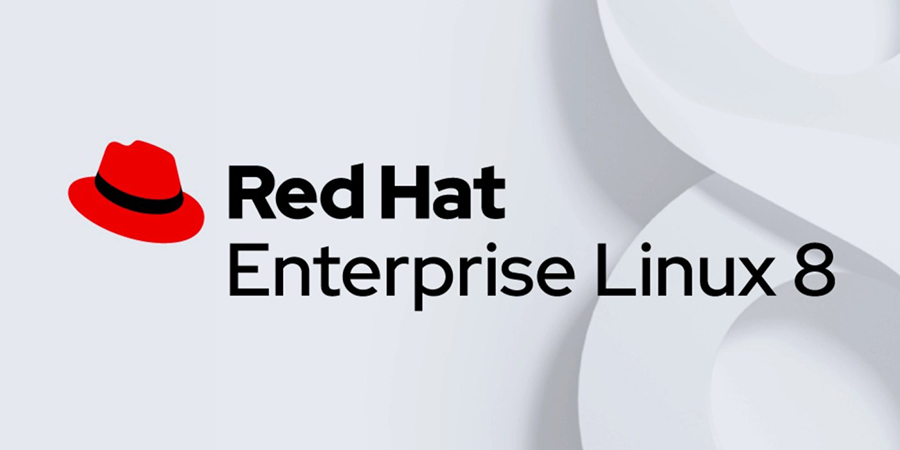Red Hat Enterprise Linux 8.5, the latest version of the world’s leading enterprise Linux platform is now generally available via the Red Hat Customer Portal. Red Hat Enterprise Linux offers a common, open operating system that extends across clouds, traditional data center operations, and out to the edge.
“Linux is the common language spoken across nearly every public cloud, private cloud, edge deployment, and data center. Red Hat Enterprise Linux 8.5 reinforces the role of the world’s leading enterprise Linux platform in the multi-cloud ecosystem, providing new capabilities to meet evolving and complex IT needs, from enhanced cloud-native container innovations to extending Linux skills with system roles, on whatever footprint our customers require,” says Gunnar Hellekson, general manager, Red Hat Enterprise Linux, Red Hat.
Red Hat Enterprise Linux (RHEL) 8.5 is designed as a backbone for public cloud providers, multiple hardware architectures, virtualized environments, and edge computing models. The updated platform extends Red Hat Insights services, builds on existing container management capabilities, and makes it easier for IT teams to set up workload-specific systems wherever they may exist across a multi-cloud world.
Addressing deployment complexity
Red Hat Insights, Red Hat’s predictive analytics service for identifying and remediating potential system issues, is available by default through almost all Red Hat Enterprise Linux subscriptions. With the launch of Red Hat Enterprise Linux 8.5, Insights adds new capabilities around vulnerability, compliance, and remediation, helping organizations more effectively manage Red Hat Enterprise Linux environments across multi-cloud and hybrid cloud environments, even when it comes to nuanced security or compliance scenarios.
Bolstering container innovation
Containers are a crucial component of modern DevOps implementations, which in turn are key to the adoption of multi-cloud and hybrid cloud strategies. Red Hat Enterprise Linux 8.5 continues Red Hat’s leadership around making containerized applications easier to use and manage with:
- Faster image creation through rootless OverlayFS
- Full support for containerized Podman in continuous integration/continuous development (CI/CD) systems as well as other operating environments
- Native integration with cgroup2 for better resource utilization
- Default container image signature verification, which verifies the integrity of container images at installation and confirms that images are pulled from the Red Hat Container Registry and have not been tampered with since signing
Simplifying multi-cloud operations
To help address the complexity and to extend the existing skills of both new and seasoned IT operations teams, Red Hat Enterprise Linux 8.5 adds support for new Red Hat Enterprise Linux system roles. System roles are preset configurations for Red Hat Enterprise Linux systems, enabling IT teams to more easily and rapidly support specific workloads from the cloud to the edge. Red Hat Enterprise Linux 8.5 now includes:
- Red Hat Enterprise Linux system role for Microsoft SQL Server, making it easier for IT and database administrators to install, configure and tune SQL Server to their specific needs in an automated fashion
- Red Hat Enterprise Linux system role for virtual private networking (VPN) helps to reduce the time it takes to configure VPN tunnels, improving consistency and reducing the risk of misconfigurations, which can be a common factor in IT security incidents
- Red Hat Enterprise Linux system role for Postfix automates and standardizes the configuration for Postfix mail servers, skipping manual steps while still enabling customization
Beyond these key new capabilities, Red Hat Enterprise Linux 8.5 also adds support for OpenJDK 17 and .NET 6 for developers looking to modernize and build next-generation applications. The Red Hat Enterprise Linux web console has also been further enhanced, making it possible to manage live kernel patching operations and manage overall performance. Finally, enhancements to Image Builder bring broader support for creating customized Red Hat Enterprise Linux images on bare metal for edge deployments and for assembling images that have distinct file systems to meet organization-specific internal standards and security compliance requirements.










